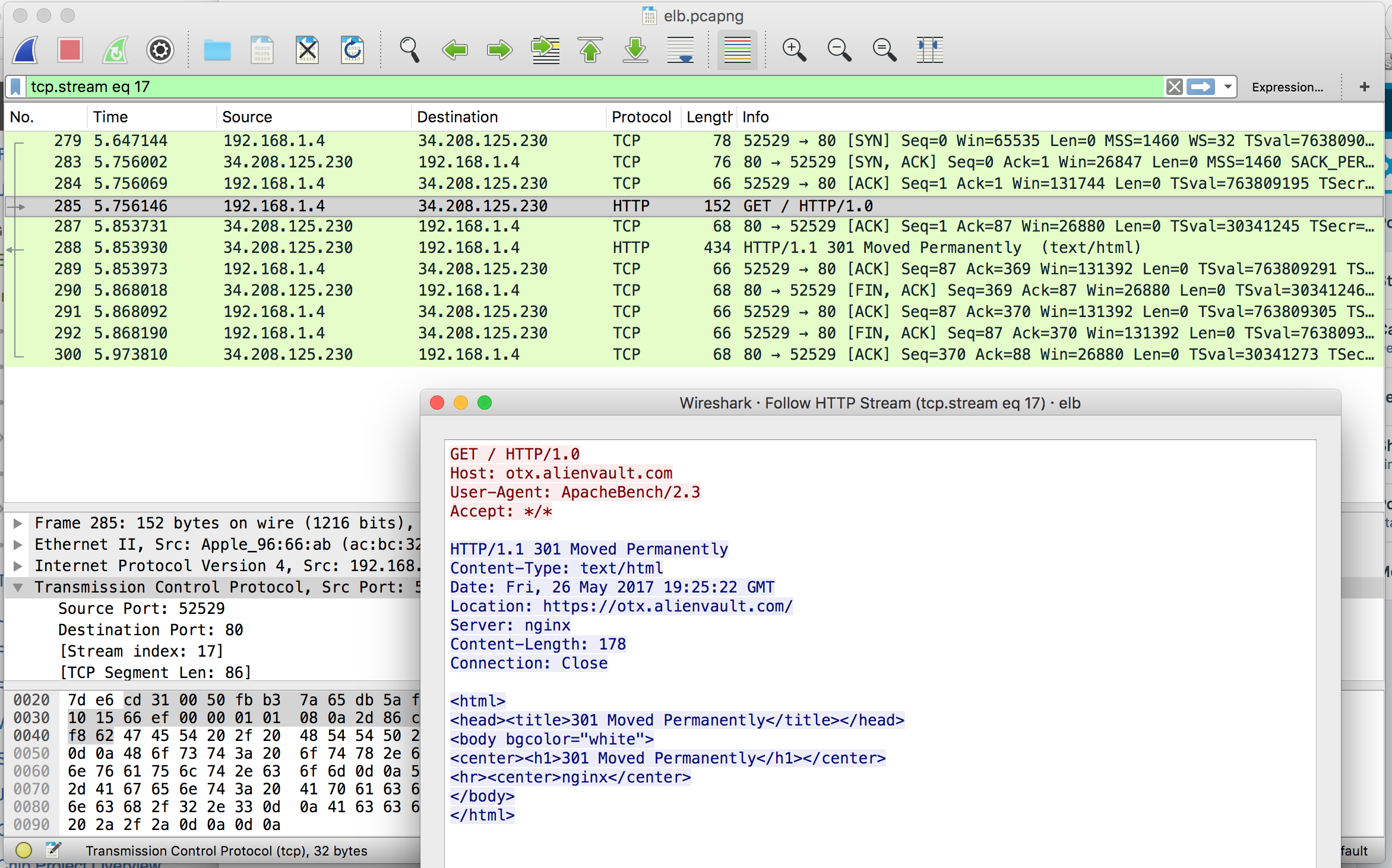

Use -s0 to get everything, unless you are intentionally capturing less. s : Define the snaplength (size) of the capture in bytes. c : Only get x number of packets and then stop. v, -vv, -vvv : Increase the amount of packet information you get back. XX : Same as -X, but also shows the ethernet header. X : Show the packet’s contents in both hex and ASCII. tttt : Give maximally human-readable timestamp output. t : Give human-readable timestamp output. q : Be less verbose (more quiet) with your output. nn : Don’t resolve hostnames or port names. D : Show the list of available interfaces -n : Don’t resolve hostnames. OPTIONS: -i any : Listen on all interfaces just to see if you’re seeing any traffic. Many prefer to use higher level analysis tools such as Wireshark, but I believe this to usually be a mistake. Having a solid grasp of this über-powerful application is mandatory for anyone desiring a thorough understanding of TCP/IP.

Tcpdump is the premier network analysis tool for information security professionals. A network device in the packet path is blocking traffic common culprits are firewalls, routers with access control lists and even your Linux box running iptables.




 0 kommentar(er)
0 kommentar(er)
